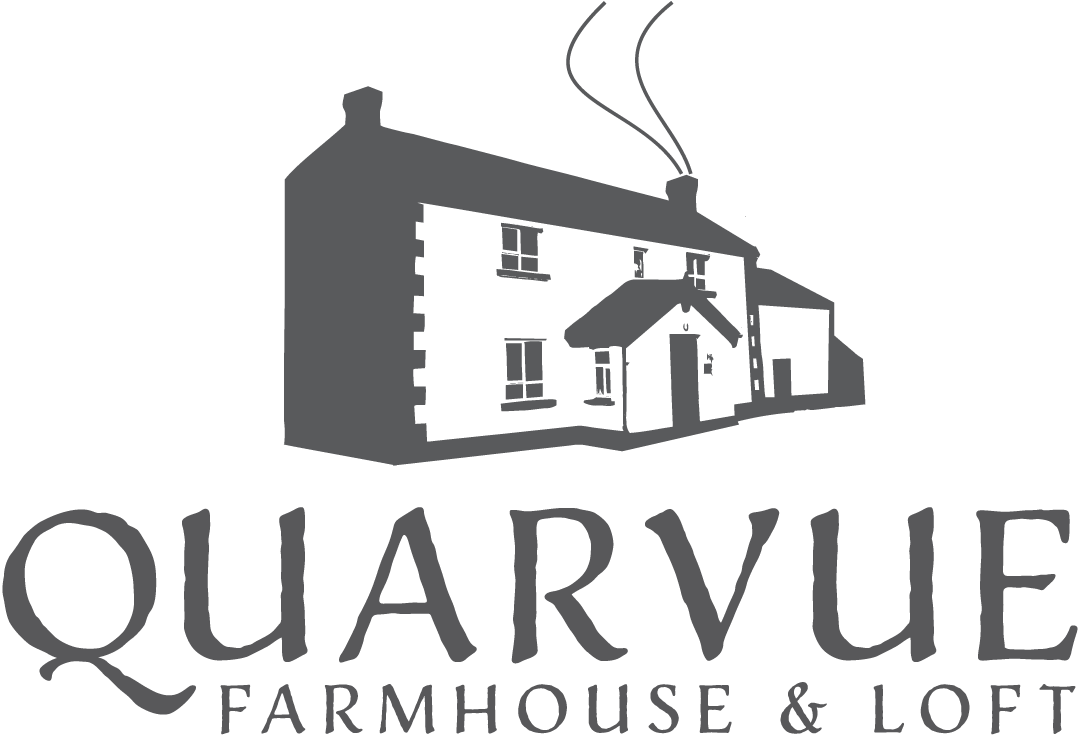100 things to look out for in the Cooley Mountains
The mountains of Cooley are uniquely accessible – it is quite a challenge to get more than a mile or so from a public road. The main road from Jenkinstown over the Long Woman’s Grave to Omeath (blue line) was built by the county Grand Jury in the 1770s at the urging of the Fortescues, […]









